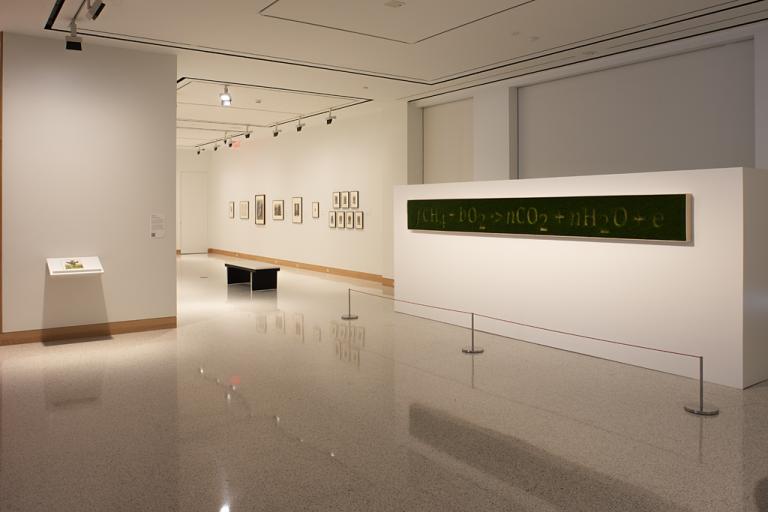Volume 1, Plate IV, Deciduous Leaves from Various Plants, Albertus Seba
Artwork Overview

Albertus Seba, artist
1665–1736
Volume 1, Plate IV, Deciduous Leaves from Various Plants,
1734–1765
Portfolio/Series title: Locupletissimi rerum naturalium thesauri accurata descriptio, et iconibus artificiosissimis expressio, per universam physiees historiam...
Where object was made: Europe
Material/technique: book
Credit line: Kenneth Spencer Research Library, University of Kansas, Department of Special Collections, Ellis Aves H28; Courtesy of Special Collections, Kenneth Spencer Research Library, University of Kansas Libraries; Courtesy of Special Collections, Kenneth Spencer Research Library, University of Kansas Libraries
Accession number: EL2018.009.b
Not on display
If you wish to reproduce this image, please submit an image request

